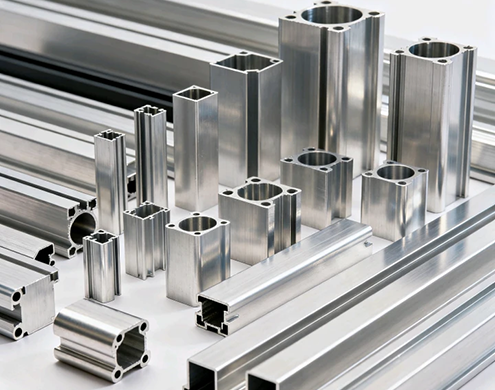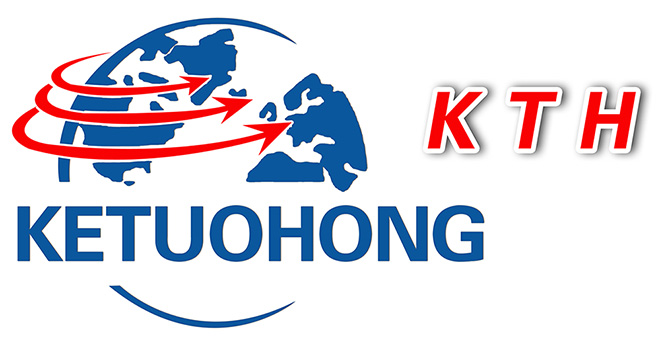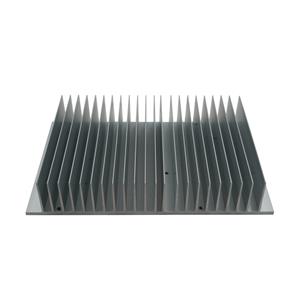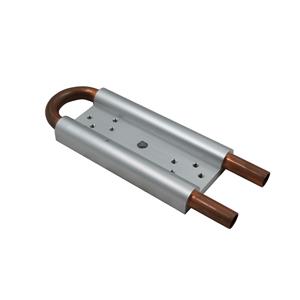Facteurs importants affectant le coût des profilés en aluminium personnalisés

In the world of custom aluminum profiles, cost is about much more than just the material itself—it's a complex nexus of design and production realities. Custom aluminum profiles have become an integral component of various industries, ranging from aerospace to consumer electronics and architectural applications. As global demand for specialized aluminum solutions continues to grow, manufacturers and customers alike are focusing on the key factors that influence customization costs. Understanding these variables is crucial for making informed decisions during project planning and development to optimize both performance and budget.
Manufacturing Process: Aluminum profiles Cost Breakdown
The production process for custom Aluminum profiles begins with mold fabrication, a step requiring significant initial investment. Mold costs typically range from a few hundred to tens of thousands of yuan, with the final price primarily dependent on the cross-sectional size and complexity of the extrusion.
The extrusion process itself is a significant cost component. dddhhhProcessing feesdddhhh in the aluminum industry vary significantly among manufacturers, stemming from differences in raw materials, equipment, and quality standards. Additional processes such as anodizing for surface protection, sandblasting, and coloring add to the cost, while packaging, shipping, and administrative expenses contribute significantly to the final price.
Design Complexity: When Geometry Determines Aluminum profiles Cost
The geometric features of custom aluminum profiles have a significant impact on manufacturing costs. Larger cross-sectional dimensions require more expensive tooling and increased extrusion pressure. Similarly, extrusions with complex geometries require complex tooling structures, which may necessitate multi-part tooling, increasing the initial tooling investment.
Tolerance requirements are another significant cost factor. This relationship between precision and cost requires careful balancing within design specifications, as unnecessarily tight tolerances can significantly increase costs without providing any functional value.
When choosing between standard and custom designs, low-volume custom projects are particularly expensive in terms of unit cost, as tooling expenses are spread across fewer parts.
For clients planning to customize aluminum profiles, our company first conducts a clear needs analysis to distinguish true needs and preferences. Providing detailed drawings or samples to multiple manufacturers helps to obtain accurate comparative quotes. Most importantly, balancing design vision with budget realities often requires compromise - the most successful projects often find the perfect balance between function, quality and cost.




